Poem
Overview
A poem is a form of literary art that uses aesthetic and rhythmic qualities of language to evoke meanings in addition to, or in place of, the prosaic ostensible meaning. It is a form of expression that uses precise words to create images, emotions, and ideas in the reader's mindsource.
History of Poetry
Poetry has a rich history dating back to prehistoric times with hunting poetry in Africa, and to panegyric and elegiac court poetry of the empires of the Nile, Niger, and Volta River valleyssource. Some of the earliest written poetry includes the Epic of Gilgamesh from Sumer and the Pyramid Texts from ancient Egypt, which date back to the 25th century BCE and 24th century BCE respectivelysource.
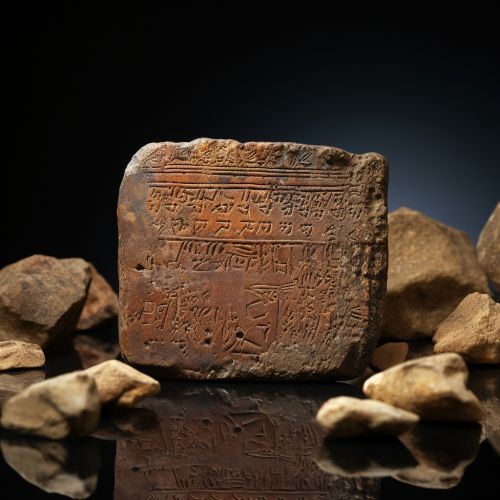
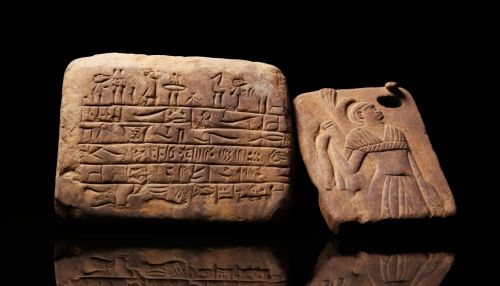
Elements of Poetry
Poetry is characterized by several elements, including rhythm, rhyme, meter, and metaphor. These elements work together to create a harmonious whole, with each contributing to the poem's overall structure and meaningsource.
Rhythm
Rhythm in poetry refers to the pattern of stressed and unstressed syllables. It is a crucial element as it sets the pace and flow of the poem. The rhythm can be regular or irregular, but it is always present in some formsource.
Rhyme
Rhyme is the repetition of similar sounds in two or more words. In poetry, these rhyming words usually occur at the ends of lines. However, there are also instances of internal rhyme, where the rhyming words occur within the same linesource.
Meter
Meter is the basic rhythmic structure of a verse in poetry. It is determined by the number and type of feet in a line of verse. A foot is a metrical unit composed of stressed and unstressed syllables. Different types of meter include iambic, trochaic, anapestic, and dactylicsource.
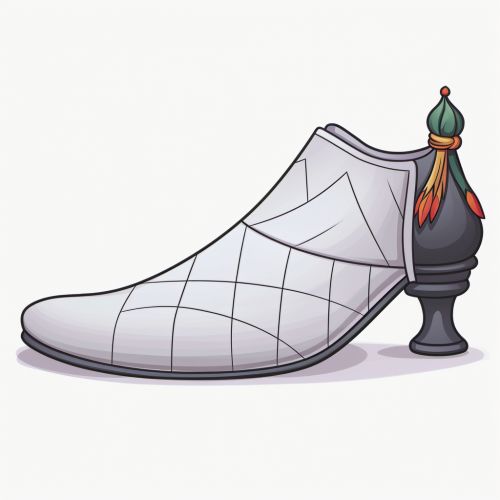
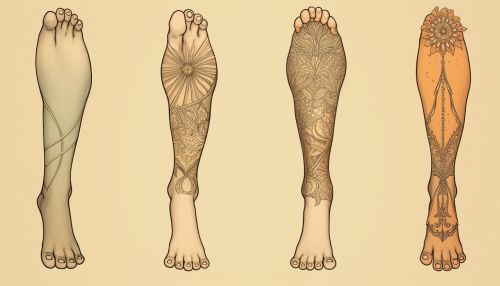
Metaphor
Metaphor is a figure of speech that makes a comparison between two things that are basically dissimilar. In poetry, metaphors are used to create unique images and to give us fresh understandings of the objects, people, and situations around ussource.
Types of Poetry
There are numerous types of poetry, each with its own unique structure, style, and theme. Some of the most common types include sonnets, haikus, limericks, and free versesource.
Sonnet
A sonnet is a 14-line poem with a specific rhyme scheme. The two main types of sonnets are the Italian (or Petrarchan) sonnet and the English (or Shakespearean) sonnet. Sonnets often explore themes of love, beauty, and mortalitysource.
Haiku
A haiku is a form of Japanese poetry consisting of three lines with a 5-7-5 syllable count. Haikus often focus on nature and the changing seasonssource.
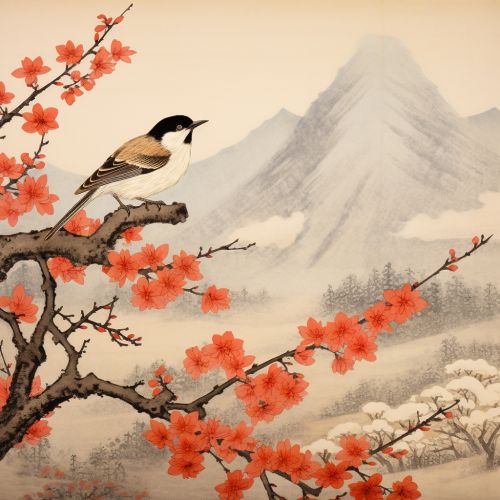
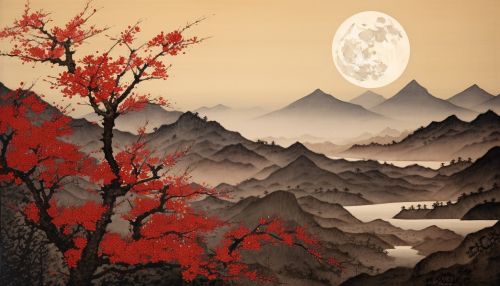
Limerick
A limerick is a humorous or nonsensical verse of five lines, with a specific meter and rhyme scheme. It is often used for comedic effect in poetrysource.
Free Verse
Free verse is a type of poetry that does not conform to any specific meter or rhyme scheme. It allows the poet complete creative freedom, and is often used to convey a conversational or narrative tonesource.
The Role of Poetry
Poetry plays a significant role in society and has done so throughout history. It can serve to challenge or provoke thought, to celebrate or mourn, to express personal feelings or comment on society. It is a powerful tool for communication and self-expressionsource.
Conclusion
Poetry is a complex and beautiful form of literary art. It uses language in a unique way to convey meaning and evoke emotion, and it continues to be a vital part of our cultural and artistic heritage.
See Also
References
1. "Poetry." Encyclopædia Britannica. https://www.britannica.com/art/poetry 2. "History of Poetry." Poetry Foundation. https://www.poetryfoundation.org/learn/glossary-terms/history-of-poetry 3. "Epic of Gilgamesh." Ancient History Encyclopedia. https://www.ancient.eu/Epic_of_Gilgamesh/ 4. "Elements of Poetry." Literary Devices. https://literarydevices.net/elements-of-poetry/ 5. "Rhythm in Poetry." MasterClass. https://www.masterclass.com/articles/poetry-101-what-is-rhythm-in-poetry 6. "Rhyme in Poetry." MasterClass. https://www.masterclass.com/articles/poetry-101-what-is-rhyme-in-poetry 7. "Meter in Poetry." Literary Terms. https://literaryterms.net/meter/ 8. "Metaphor in Poetry." MasterClass. https://www.masterclass.com/articles/poetry-101-what-is-a-metaphor-in-poetry 9. "Types of Poetry." Poets.org. https://poets.org/text/types-poetry 10. "Sonnet." Poetry Foundation. https://www.poetryfoundation.org/learn/glossary-terms/sonnet 11. "Haiku." Poetry Foundation. https://www.poetryfoundation.org/learn/glossary-terms/haiku 12. "Limerick." Poetry Foundation. https://www.poetryfoundation.org/learn/glossary-terms/limerick 13. "Free Verse." Poetry Foundation. https://www.poetryfoundation.org/learn/glossary-terms/free-verse 14. "The Role of Poetry." Poets.org. https://poets.org/text/role-poetry
